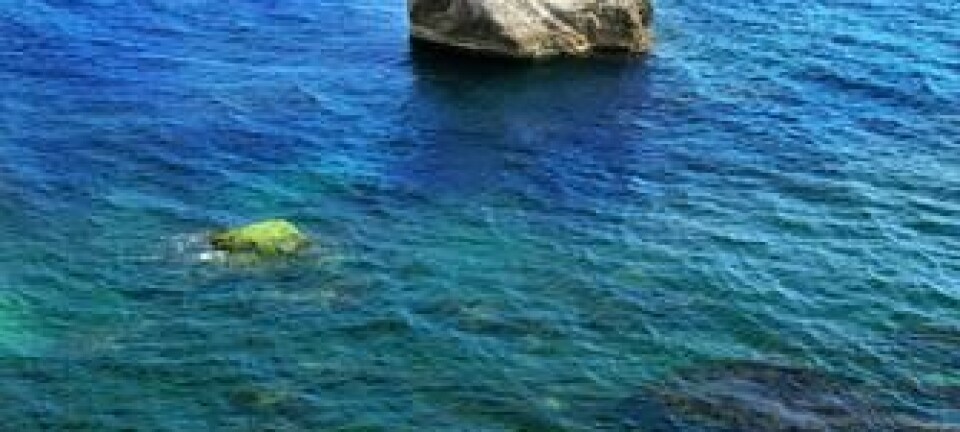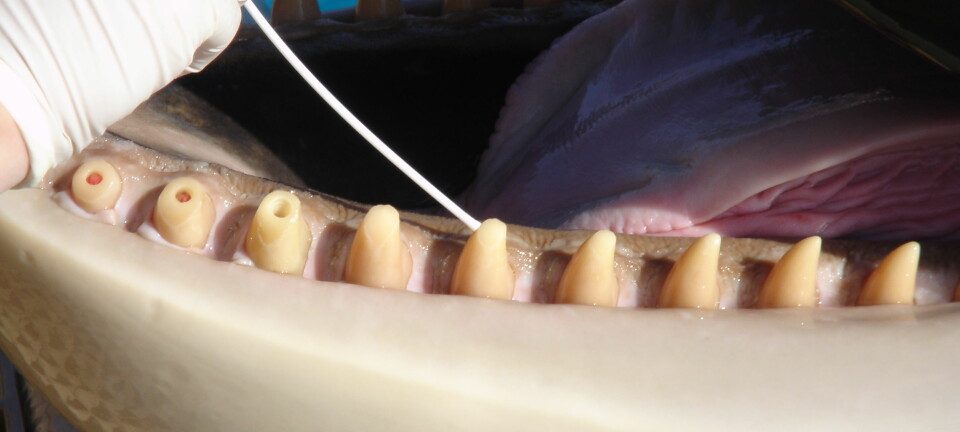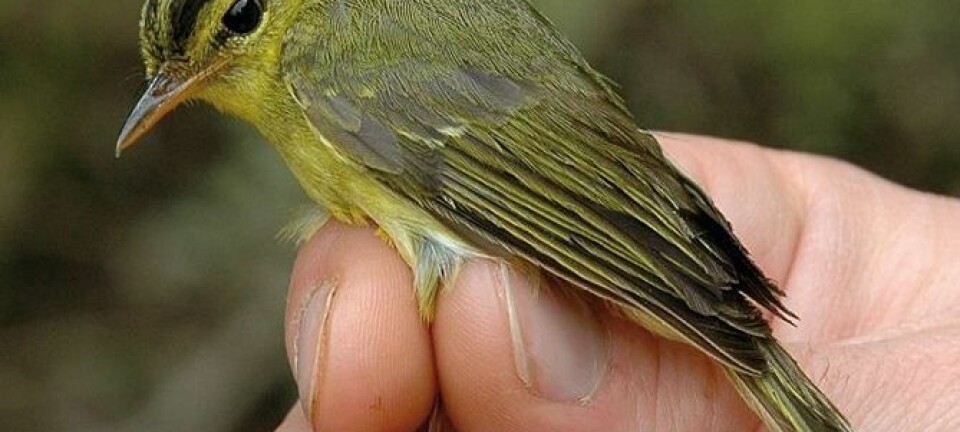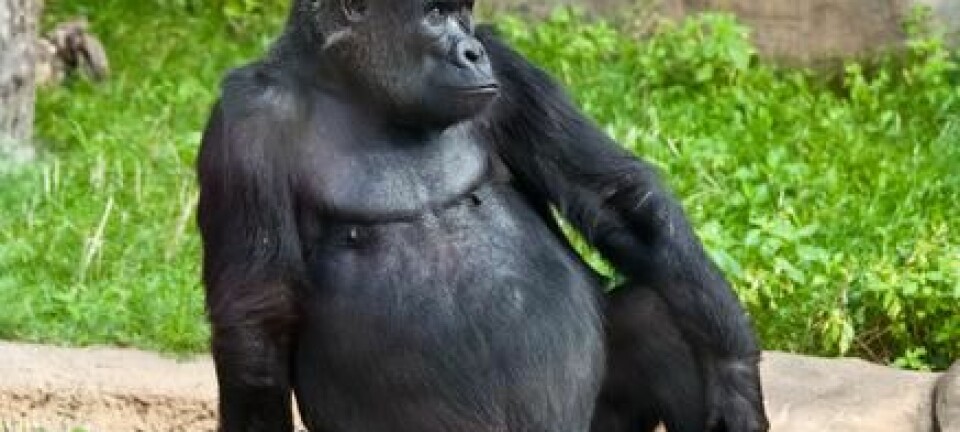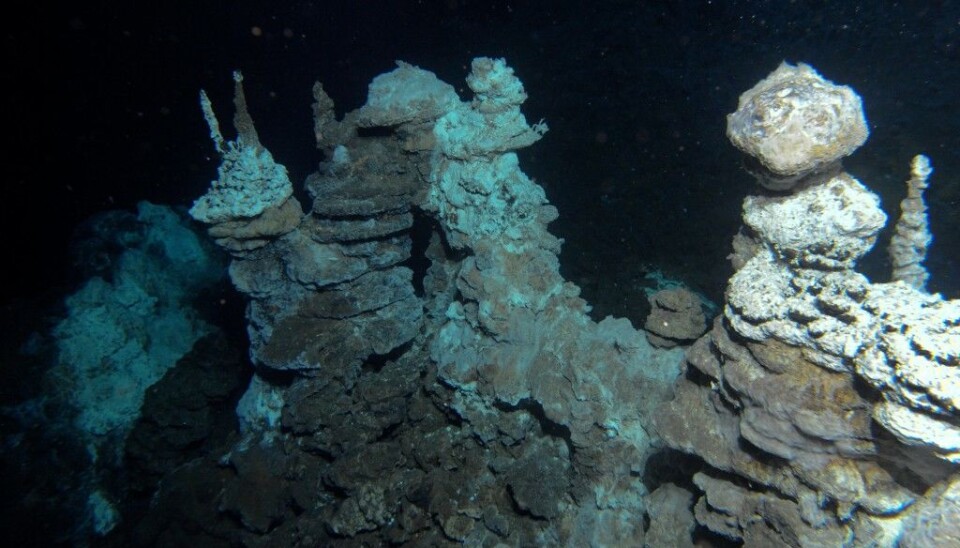
Scientists find missing link of microorganisms
The tree of life has to be rewritten after a new type of microorganism was found recently in the depths of the ocean.
When microbiologist Steffen Leth Jørgensen saw the drill disappear beneath the surface of the Arctic Ocean back in 2008 he had no idea that it would resurface with a microorganism that could provide the answer to one of life's great mysteries: the origins of all visible forms of life: plants, fungi, animals, and humans.
“We actually had entirely different questions,” says Jørgensen who works at the University of Bergen in Norway. He explains that the expedition had intended to chart the microbial community in the nutrient-rich bed layers around undersea hydrothermal vents.
The core came back up with masses of microbes and in 2010 the scientists collected even more. But it was not until they charted the genes that they realised they had struck gold.
"My mobile rang during a conference in the Czech Republic," explains Jorgensen. "It was my colleague Thijs Ettema who was almost unable to catch his breath while he stammered: ‘It’s the actin genes... the actin genes. It’s them.”
Actin genes are the missing link
For the uninitiated it may not easy to understand how actin genes could trigger severe breathing problems, but the point is that the genes should never have been found in the planet's most primitive organisms.
Actin is a structural building block in more advanced cells such as our own—for example it is actin filaments which enable our muscle cells to contract.
When the scientists found actin genes in the samples, they knew that the drill had fished up a microbe from the depths that would be able to build the bridge between simple single cell and large complex organisms: the missing link which the scientists had been looking for for decades. It could potentially provide the answer to one of the great mysteries of evolution: how advanced cells emerged from simpler forefathers around two billion years ago.
“If you try to imagine what an ancestor would look like, it would have to have these genes—and we found nearly all of them,” says Jørgensen.
A new microorganism: Lokiarchaeota
When Jørgensen and his colleagues mapped the genes from the mid-oceanic sediment sample it turned out that it was packed with a mysterious group of TACK archaea, known as the Deep-Sea Archaeal Group. Some 20-30 per cent of the microbes in the sediment were this type of archaea and therefore presented a golden opportunity to study them more closely.
Although the scientists have not succeeded in cultivating any of them in the laboratory, they have been able to use advanced computer algorithms to chart the DNA and assemble one entire and two partial genomes from the organisms in the sediments.
The genomes revealed that what they had found was an undescribed group of archaea, which the scientists have dubbed Lokiarchaeota after the hydrothermal vent on the Gakkel ocean ridge called Loki’s Castle which was close to the site of the find.
When they drew the genealogical tree based on the variations in a group of slowly evolving genes which every living organism has, it showed that Lokiarchaeota is the prokaryote that is closely related to eukaryotes.
“You might say they are a sister group of the eukaryotes,” says Jørgensen.
Many indications of affinity
The scientists found versions of numerous signature eukaryote genes—more than in any other prokaryote.
Along with the actin genes, they also found genes which figure in the transport systems and ‘recycling plants’ of complex cells and a range of small enzymes, known as GTPases, which are not normally found in prokaryotes.
The latter are regarded as a decisive step in the evolution of eukaryotes, with an ancestor believed to have got a bacterial cell ’stuck in its throat’ so that the bacteria, instead of being consumed, was assimilated as a symbiotic part of eukaryotes.
We could not survive, for example, without our cells’ small ‘power stations’, mitochondria, which are believed to have come into existence this way. The same applies to the chloroplasts in plants which handle photosynthesis.
Archaea are not bacteria
It is a combination of the genealogical tree, where Lokiarchaeota is a sister group to eukaryotes and the discovery of core genes from the the eukaryotes’ tool box which have convinced the scientists that they have found a missing link.
The discovery of a new microorganism, Lokiarchaeota, shows that the ancestor of all complex life (eukaryotes) was an archaeon. The tree of life should therefore be redrawn so that eukaryotes–fungi, plantes, animals and humans–originate from the domain of the archaea.
“This is really exciting,” says Professor Emeritus Roger Garret, head of the Danish Archaea Centre at the University of Copenhagen.
“It strongly underpins the archaea as evolutionarily different from bacteria and shows that we–the eukaryotes–stem directly from archaea-like organisms and not bacteria,” he says.
The geobiologist Daniel Mills from the Nordic Centre for Earth Evolution at the University of Southern Denmark is enthusiastic.
“This is a very promising find. The method demonstrates a testable way of constructing the host that is the ancestor of all conemporary eukaryotes. By continuing the search for the closest relatives of eukaryotes we can hopefully narrow the enormous gap that dissociates eukaryote life from that of archaea and bacteria,” says Mills.
------------
Read the original story in Danish on Videnskab.dk
Translated by: Hugh Matthews
